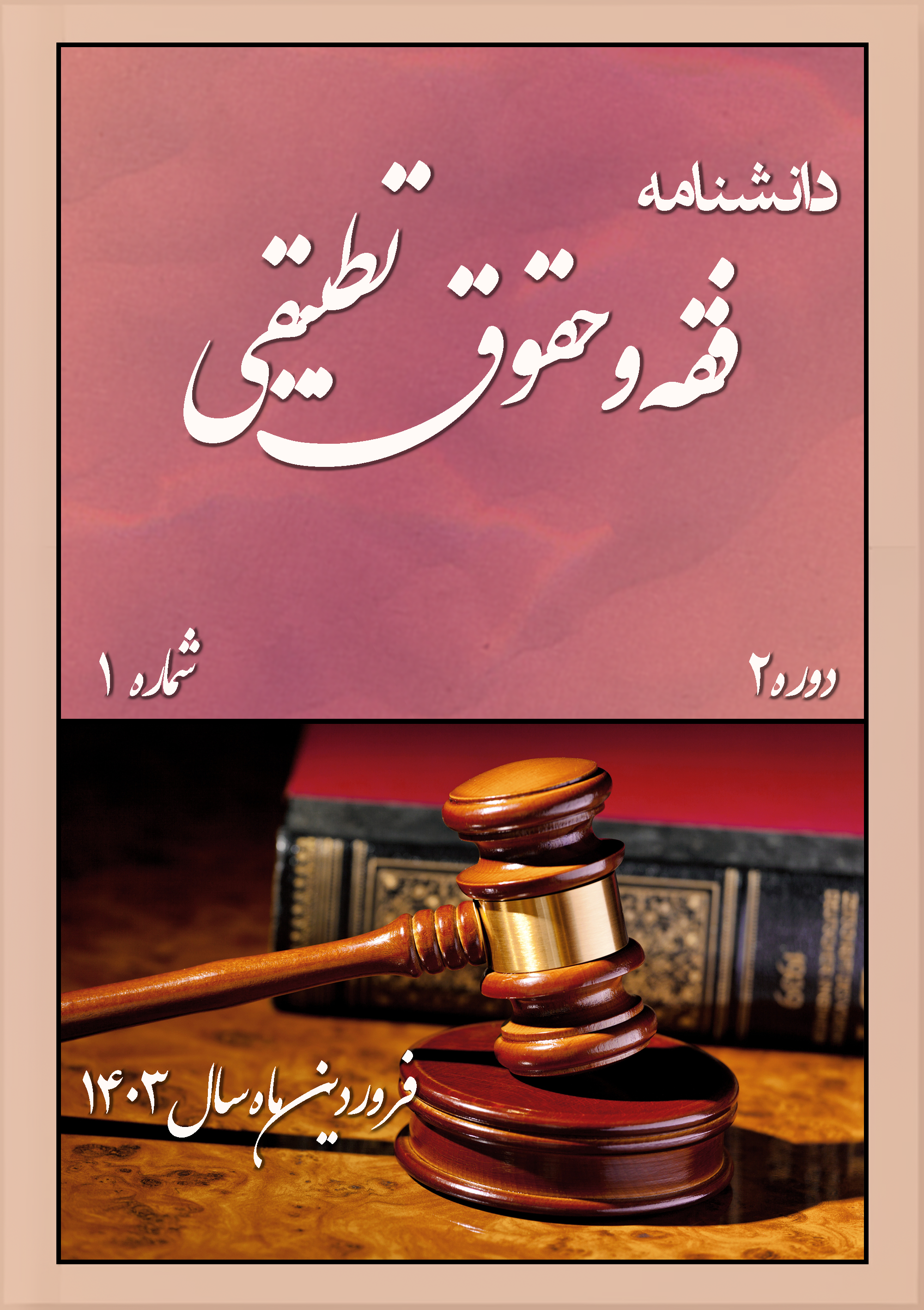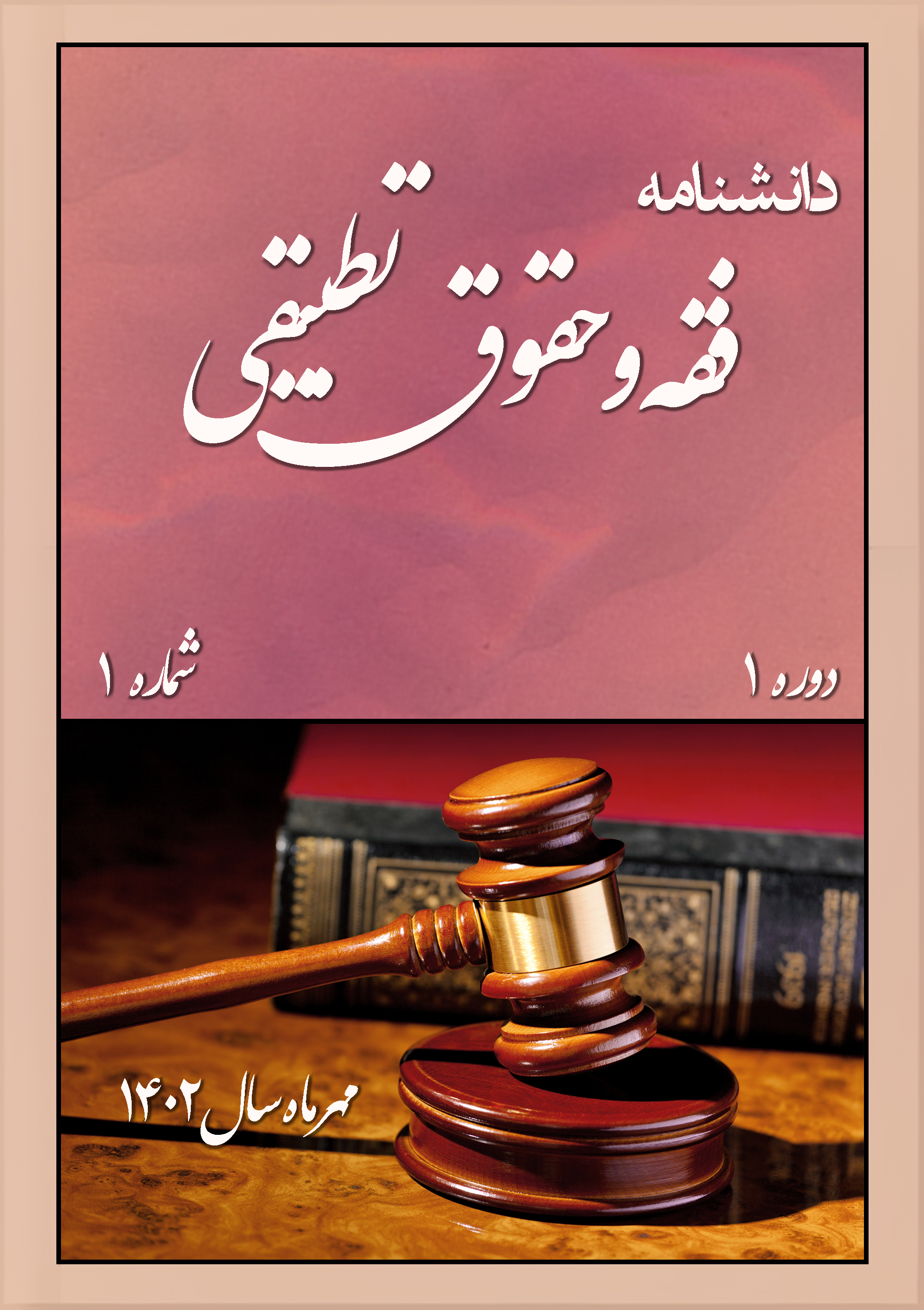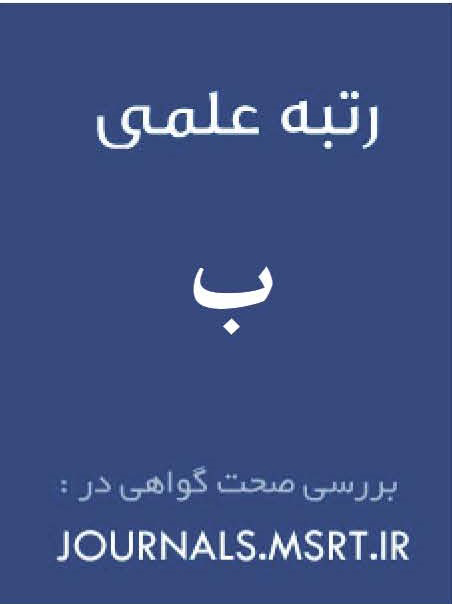بررسی مبانی عقلی تشریع احکام بر جنسیت در قصاص نفس و عضو در حقوق اسلام
کلمات کلیدی:
دوجنسه ها, خنثی, فقه, جنسیت, غالب, قصاصچکیده
زمینه و هدف: یکی از چالشهای مهم حقوقی وضعیت دو جنسیها افراد (خنثی) در مجازاتها است و مسائل زیادی در این رابطه مطرح است. از جمله اینکه چنانچه افراد دو جنسه مرتکب جنایت شوند مجازات آنها به چه صورت است. سؤال اساسی که در این مقاله مطرح شده این است که قصاص دو جنسیها در اسلام چگونه است؟ و روش تعیین جنسیت غالب برای تعیین کیفر قصاص به چه نحو است؟ در این مقاله از روش تحلیلی توصیفی استفاده شده است. جنسیت در تعیین مجازات قصاص در اسلام تأثیر گذار است. در خصوص وضعیت دو جنسهها (افراد خنثی)، باید گفت که در فقه به این افراد با عنوان خنثی اشاره شده و در دو دسته کلی افراد خنثی واضح و افراد خنثی مشکل تقسیم بندی شده است احکام فقهی از جمله قصاص نیز بر حسب این دو دسته تقسیم بندی شده است. در خصوص قصاص افراد خنثی مشکل چندان مناقشهای میان فقها وجود ندارد مهمترین مبحث در فقه در خصوص افراد خنثی غیر مشکل است که عمدتاً در ذیل بحث ارث مورد توجه قرار گرفته است. بر این اساس لازم است جنسیت غالب مبنا قرار گیرد. بر این اساس حکم قصاص فرد خنثی غیر مشکل و واضح که غالبیت به جنس مؤنث و مذکر را داشته باشد، بر اساس همان جنسیت غالب انجام میشود. به این معنی که لازم است مشخص شود جنسیت غالب در فرد دوجنسه چیست و بر اساس آن در صدور حکم قصاص عمل شود تعیین جنسیت غالب را میتوان به علم پزشکی و پزشکی قانونی سپرد البته این به معنای بی نیازی قوانین مدون در این خصوص نیست و با توجه به خلاء مباحث فقهی و قانونی در این خصوص لازم است قانون گذار به تدوین قوانین کارآمد و صریح مبادرت ورزد.
دانلودها
مراجع
Ameli, M. H. i. H. (2011). Wasa'il al-Shia ila Tahsil Masa'il al-Shari'ah (Vol. 19). Dar Ihya al-Turath al-Arabi.
Ameli, S. M. i. a. H. (1996). Wasa’il al-Shia (Vol. 26). Al-Bayt Institute.
Araki, M. A. (1992). Two Treatises on Inheritance and Wife’s Maintenance.
Bayhaqi, A. i. H. Al-Sunan al-Kubra (Vol. 6). Dar al-Fikr.
Ebrahimi, M., & Vakilzadeh, R. (2012). A Criminological Perspective on the Impact of Gender Change on the Family from the Viewpoint of Jurisprudence and Criminal Law. Journal of Women and Family Studies, 5(18), 83-103ER -.
Fazil Hindi, B. a. D. M. (1985). Kashf al-Litham (Vol. 2). Ayatollah Marashi Najafi Library.
Fazil Hindi, M. H. (1855). Kashf al-Litham wa Ibaham 'an Qawa’id al-Hakam (Vol. 1). Islamic Publishing Institute.
Golpayegani, M. R. (1992). Irshad al-Sa’il. Dar al-Safwah.
Hajideh Abadi, A. (2013). Evaluation of Changes in the Islamic Penal Code of 2013 Regarding Qisas and Diyat for Women. Strategic Studies on Women, 15(60), 41-72.
Hamadani, R. (1997). Misbah al-Faqih (Vol. 1). Ja'fariyah Institute.
Hilli, I. I. (1990). Kitab al-Sara’ir al-Hawi li-Tahrir al-Fatawa (Vol. 3). Islamic Publishing Institute.
Hosseini Maraghi, A. F. i. A. (1996). Al-Anawin (Vol. 1).
Ibn, N., & Ibn, H. (2004). Sira al-Nabi. Akhtab Khwarazm, Muwaffaq ibn Ahmad.
Ibn Qudamah, A. i. A. Al-Mughni (Vol. 7). Alam al-Kutub.
Jassas, A. i. A. (1994). Ahkam al-Quran (Vol. 3).
Jaziri, A. (1986). Fiqh According to the Four Schools (Vol. 5). Dar Ihya al-Turath al-Arabi.
Joeyni.
Kasani, A. B. i. M. u. (1988). Kitab Bada’i al-Sana’i fi Tartib al-Shara’i (Vol. 7).
Khamenei, A. (1999). Answers to Istifta’at (Vol. 2). Islamic Revolution Publications.
Kharazi, M. (2000). Gender Change in the Jurisprudence of Ahl al-Bayt. 23, 104-123.
Khatib Sharbini, M. i. A. (1998). Mughni al-Muhtaj ila Ma'rifat Ma'ani Alfaz al-Minhaj (Vol. 3).
Khattab, M. i. M. (1995). Mawahib al-Jalil li-Sharh Mukhtasar Khalil (Vol. 8).
Khoei, A. a. Q. (1995). Sirat al-Najat fi Ajwabat al-Istifta’at (Vol. 2).
Montazeri, H. A. (2002). Medical Rulings According to the Fatwas of Ayatollah Montazeri. Sayeh Publishing.
Mousavi Bojnourdi, S. M. (2006). Fiqh Rules. Majd Scientific and Cultural Institute.
Mousavi Khomeini, S. R. (1998). Tahrir al-Wasilah (Vol. 2). Islamic Publishing Institute.
Mousavi Khomeini, S. R. (1999). Sahifeh Imam (Vol. 2). Imam Khomeini Institute for Organization and Publication.
Najafi, H. (1984). Jawahir al-Kalam Mustanad al-Shia fi Ahkam al-Shari'ah (Vol. 42).
Qomi, M. M. (1994). Kalimat Sadidah fi Masa’il Jadidah. Islamic Publishing Institute.
Sabzevari, S. A. A. (1992). Muhadhab al-Ahkam fi Bayan al-Halal wal-Haram (Vol. 4). Al-Manar Institute.
Sadr, M. (2006). Ma Wara’ al-Fiqh (Vol. 8). Mohibbin Institute.
Salukolai, M. F. (1974). Wisdom Behind Differences in Qisas for Men and Women. Ma'rifat Journal, 13(10), 57.
San’ani, A. R. i. H. (1983). Al-Musannaf (Vol. 10).
Sanei, Y. A. (2004). Fiqh and Life: Equality in Qisas. Fiqh al-Thaqalayn Cultural Institute.
Sanei, Y. A. (2007). Fiqh al-Thaqalayn (Book of Qisas). Imam Khomeini Institute for Organization and Publication.
Sarakhsi, M. i. A. S. a. A. i. (1986). Kitab al-Mabsut (Vol. 30). Dar al-Ma’arifah.
Shahid Thani, Z. a. D. i. A. (1992). Masalik al-Afham ila Taqniq Sharayi’ al-Islam (Vol. 13).
Shirvani, A. (2000). Translation and Explanation of Sharh Lum'ah (Qisas and Hudud) (Vol. 14). Dar al-Ilm Publications.
Sistani, A. (1993). Minhaj al-Salihin (Vol. 3).
Tabarsi, A. A. a.-F. i. a.-H. (2000). Majma' al-Bayan fi Tafsir al-Quran (Vol. 1).
Tabatabai, S. A. (1991). Riyadh al-Masa’il (Vol. 10). Dar al-Hadi.
Tabatabai, S. M. H. (1997). Al-Mizan (Vol. 2). Islamic Publishing Institute.
Tusi, M. i. H. (2009). Al-Mabsut fi Fiqh al-Imamiyyah (Vol. 4).
Yazdi, M. K. (1990). Hashiyat al-Makasib (Vol. 1). Isma’iliyan.
دانلود
چاپ شده
ارسال
بازنگری
پذیرش
شماره
نوع مقاله
مجوز
حق نشر 1403 Farhad Javadi (Author); Hormoz Asadi koohbad; Sadegh Alboghabish (Author)

این پروژه تحت مجوز بین المللی Creative Commons Attribution-NonCommercial 4.0 می باشد.










